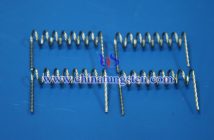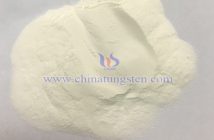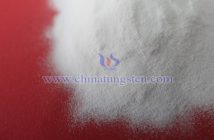Ammonium metatungstate (AMT) and ammonium paratungstate (APT) are two common tungsten compounds, differing in chemical composition, physicochemical properties, applications, and production processes.
I. Chemical Composition
AMT: The chemical formula of AMT is typically (NH?)?H?W??O??·xH?O. It is a polytungstate with a complex anionic structure formed by 12 tungsten atoms linked via oxygen bridges, balanced by ammonium ions (NH??) to maintain charge neutrality.
APT: The chemical formula of APT is generally (NH?)??W??O??·5H?O. Also a polytungstate, its anionic structure differs from AMT, with variations in the coordination environment of tungsten atoms and the connectivity of oxygen atoms, leading to distinct properties.
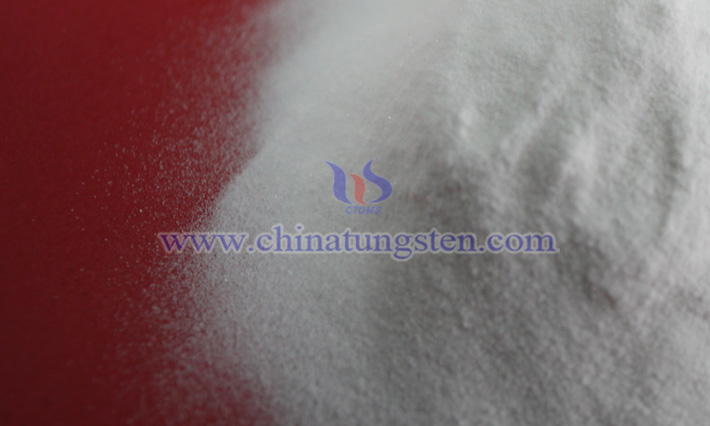
II. Properties
Appearance: Both AMT and APT are white crystalline powders. AMT crystals are typically finer and granular, while APT crystals are relatively larger, sometimes appearing as flakes or needles.
Solubility: Both are water-soluble, but their solubility differs. AMT has higher solubility, dissolving quickly in water to form a clear solution; APT has lower solubility, dissolving more slowly and reaching a lower saturation concentration under the same conditions.
Stability: AMT is relatively more prone to decomposition under heat or specific conditions, releasing ammonia (NH?) and forming other tungsten oxides. APT is more stable but can also decompose or transform at high temperatures or in the presence of certain chemicals.
III. Applications
Both AMT and APT are used to produce high-performance tungsten materials, such as tungsten trioxide, tungsten powder, and tungsten carbide powder. Tungsten powder is a key raw material for tungsten-based alloys like tungsten-copper and tungsten-silver alloys, while tungsten carbide powder is essential for manufacturing cemented carbide tools and drill bits. AMT can serve as a catalyst in organic chemical reactions, such as hydrodesulfurization and hydrocracking in petrochemical processes, offering high catalytic activity and selectivity. APT is often used as an analytical reagent in chemical analysis and testing.
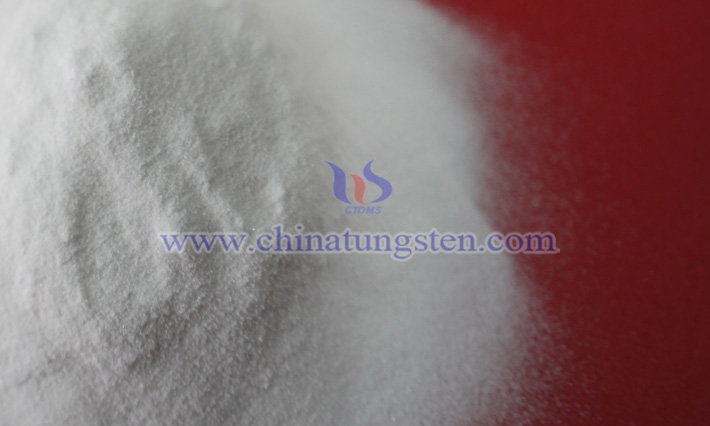
IV. Production Processes
AMT: AMT is typically produced by treating a sodium tungstate solution with ion-exchange resin to remove impurities, followed by the addition of ammonium chloride to form AMT precipitate. The precipitate undergoes filtration, washing, and drying to yield the final AMT product.
APT: APT production generally starts with tungsten concentrate, which undergoes a series of chemical reactions including alkali decomposition and acid neutralization to convert tungsten into APT. The process involves reacting tungsten concentrate with sodium hydroxide solution at high temperatures to form sodium tungstate, followed by impurity removal, evaporation, concentration, and crystallization to obtain APT crystals.

